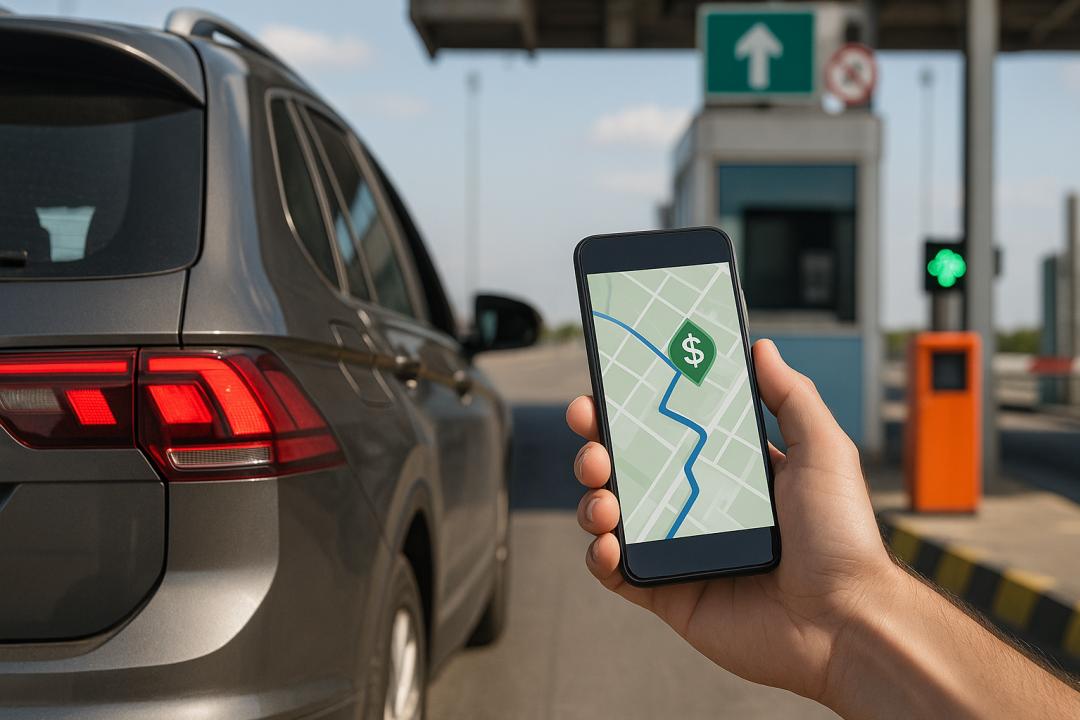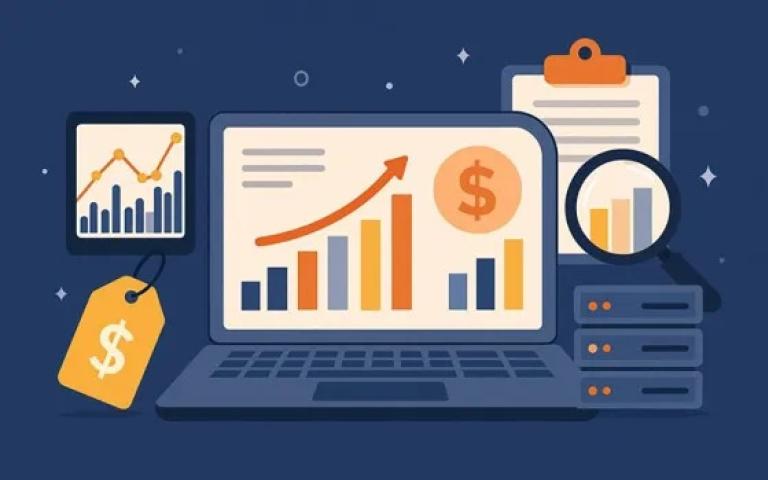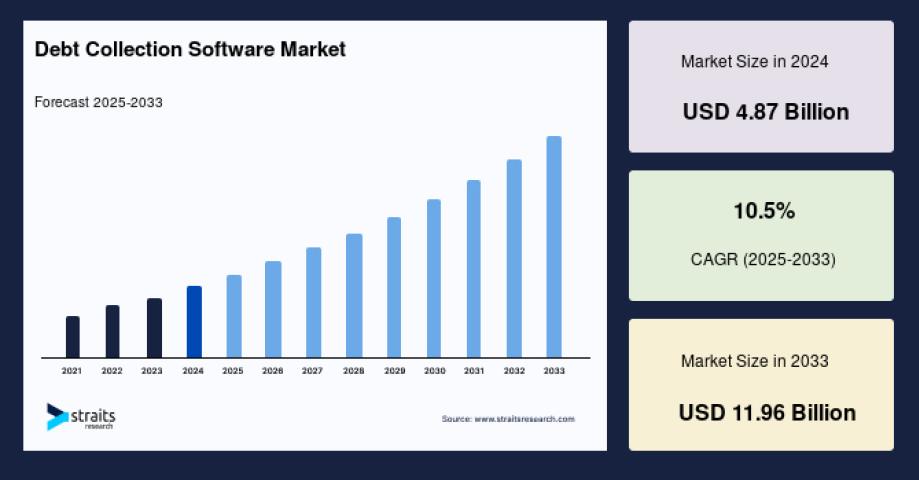Toll booths are among the places where speed and efficiency matter the most.
Any kind of delay frustrates the road users, and it’s a big headache for toll operators like you.
And these delays usually occur due to payment-related issues.
Through mobile apps, you can now have the tools to speed up transactions, cut down on cash handling, and gain real-time visibility into traffic patterns.
No more paper receipts or waiting for cards to process. With mobile integration for automatic toll collection, everything is instant, efficient, and traceable.
It’s even better with a closed-loop payment system for eWallets.
In this blog, you will see the five major ways mobile apps are making toll collection easier, smarter, and far more efficient.
Bonus: You will also discover how closed-loop e-wallets are ideal for automatic toll collection.
Without any further ado, let’s get into it.
5 ways mobile apps are making toll collection easier
Mobile apps are transforming how toll operators like you manage traffic, collect toll payments, and interact with road users.
These apps are bridging the gap between traditional toll collection methods and modern payment expectations.
Let’s see five key ways mobile apps are making toll collection easy for operators like you:
1. Real-time transaction processing and data syncing
Mobile apps eliminate the lag between payment and processing. This significantly cuts down wait times and congestion at toll points.
Behind the scenes, every payment syncs directly with your database.
Hence, every transaction is automatically updated. That means accurate, up-to-the-minute records of which lanes are busiest, how much was collected, and when issues arise.
This automatic toll collection also improves the overall user experience, reduces human error, and speeds up lane turnover. For you, this means less disruption and a smoother flow of traffic during peak hours.
2. Enhanced user convenience with contactless toll collection
Toll plazas get a bad rep for one main reason: slow payments.
Mobile apps bring the convenience of contactless payments for tolls.
Drivers no longer have to fumble for cash or swipe physical cards. With a simple tap through a mobile wallet or app, the transaction is completed within seconds.
There are various types of contactless toll collection methods:
- Radio Frequency Identification (RFID) technology
- GPS-based toll collection
- Automatic toll collection systems (ATCS) using optical character readers (OCR)
Another benefit of contactless toll payments is that they also enhance hygiene and reduce physical touchpoints.
And for high-traffic toll plazas, the ability to process payments seamlessly keeps traffic moving, which benefits both users and infrastructure efficiency.
3. Remote top-ups and balance management
Being able to add money to their toll app from anywhere is a convenience that every highway user loves.
Having a specific toll payment app means customers can reload accounts from anywhere using online payments. All they need to do is open the app, tap ‘top up’ or ‘add money,’ and keep going.
These apps also send push notifications when balances are low, which helps them avoid disruptions during their journeys.
And for operators like you, the ability to facilitate remote top-ups means more predictable revenue streams. Plus, users are more likely to maintain sufficient balance, which reduces instances of unpaid tolls and minimizes revenue loss.
4. Data analytics for better traffic management
Most toll operators rely on estimates when planning for traffic peaks or maintenance. Mobile apps change that.
When your users pay toll fees through apps, you can collect information on:
- Traffic patterns
- Peak hours
- Payment frequency
You can analyze these to optimize your toll pricing and improve lane management.
This real-time data allows you to adjust your strategies swiftly or predict future infrastructure needs, whether it's opening more lanes or offering dynamic pricing to reduce congestion.
5. Improved security and fraud prevention
Security has always been a concern in toll collection. The traditional toll collection method relied on cash, which is vulnerable to theft, counterfeiting, and internal fraud.
Besides, there are other complexities like counting, managing, and human errors. Mobile apps bring a new level of protection and ease to the table.
Automatic toll collection systems use advanced encryption and authentication methods to ensure that transactions are secure from start to finish.
Apart from that, you have the power to track and block suspicious transactions and unauthorized access attempts instantly.
Closed-loop e-wallets: Why they are ideal for automatic toll collection
You have already seen how mobile apps improve toll payments and collection.
When you integrate a closed-loop payment solution, it takes it a step further.
Closed-loop systems allow you to
- Process transactions faster, without relying on external authorization.
- Reduce processing fees by eliminating third-party agencies.
- Enhance security through proprietary encryption and user verification.
- Track and manage funds internally to improve transparency and control.
Besides, closed-loop e-wallet apps allow for faster transaction speeds and better data insights, which further optimize the toll collection process.
Hence, as an operator, you benefit from reduced transaction costs and greater control over your revenue streams.
Final thoughts
Mobile apps are redefining what’s possible in toll collection. From real-time transaction processing and contactless payments to predictive analytics and enhanced security
These apps make payments faster, data more useful, and toll roads more efficient.
And when you opt for a closed-loop e-wallet app, it gives operators like you full control over costs, speed, and security.
If you’re ready to streamline your toll operations, improve commuter satisfaction, and reduce overhead, it’s time to consider how a closed-loop payment solution can work for your toll network.















